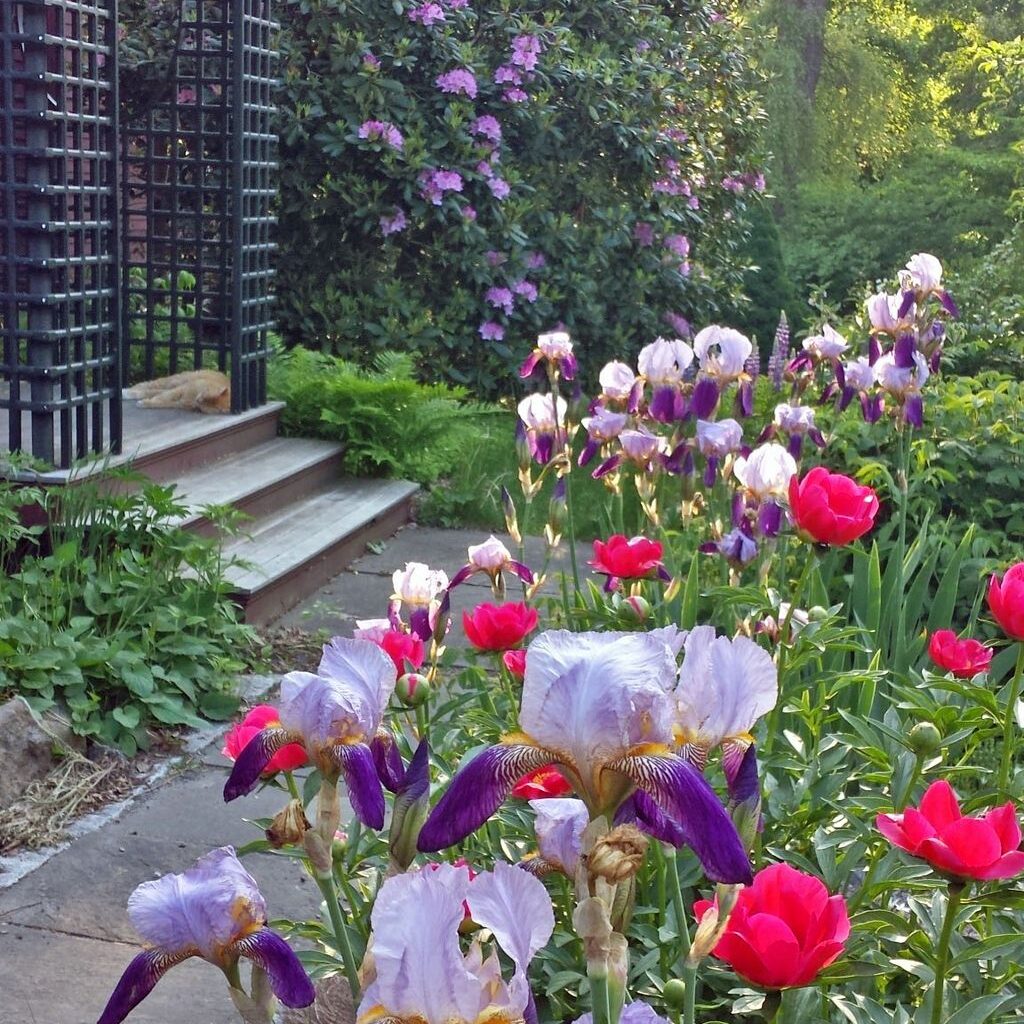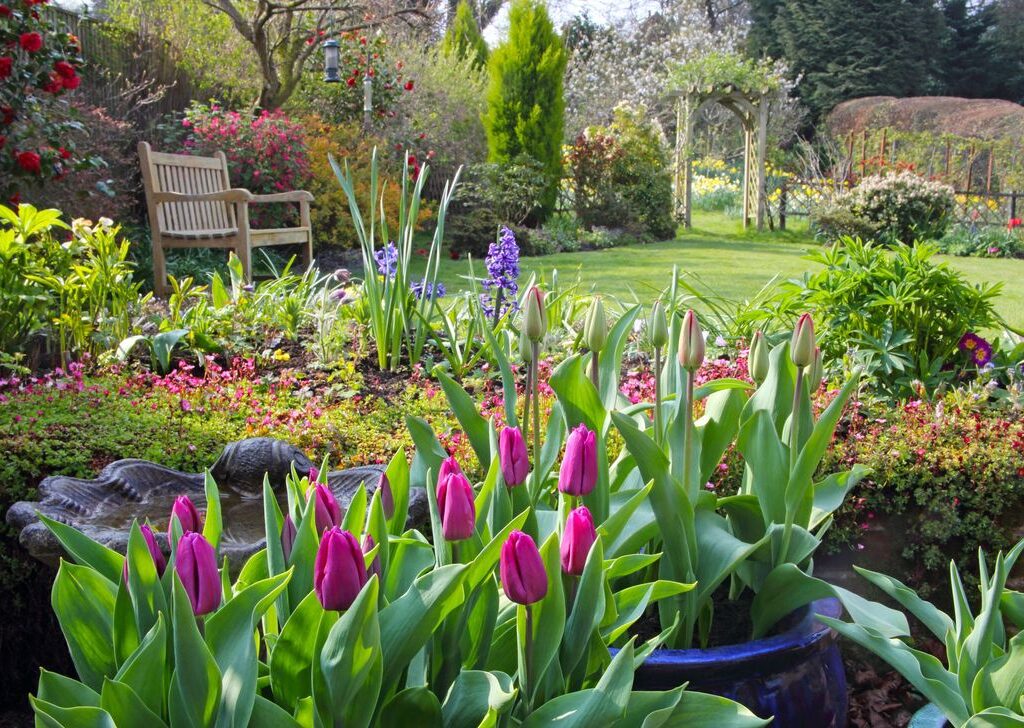Spring is in the air, and it’s the perfect time to start planning and preparing for your garden. Whether you’re a seasoned gardener or a beginner, there are always new tips and tricks to learn to make your garden thrive. In this article, we will share some essential Spring Gardening Tips that will help you create a beautiful and bountiful garden.
Gardening is a fun and fulfilling activity that can help reduce stress, increase physical activity, and provide fresh produce and beautiful flowers. However, it can be overwhelming and time-consuming if you don’t know where to start. With the following Spring Gardening Tips, you can create a successful garden that will be the envy of your neighborhood.

Spring garden ideas from garden-911.
The Importance of Planning
Planning is crucial for a successful garden. Without a plan, you may end up with a haphazard garden that doesn’t produce as much as you’d like. Here are some tips for planning your garden:
1. Decide what you want to grow
The first step is to decide what you want to grow. Make a list of the fruits, vegetables, herbs, and flowers you want to include in your garden. Consider what grows well in your area and what you and your family like to eat.
2. Choose the right location
The location of your garden is essential for its success. Choose a spot that gets at least six hours of sunlight per day and has good drainage. Avoid areas that are too shady, too windy, or too wet.
3. Prepare the soil
Good soil is the foundation of a healthy garden. Test your soil to determine its pH level and nutrient content. Add compost, manure, or other organic matter to improve the soil’s quality.
4. Determine the layout
The layout of your garden will depend on what you want to grow and how much space you have. Consider companion planting, which is planting complementary crops together to benefit each other.
Spring Gardening Tips

Spring garden plant ideas from thespruce.
Once you have your garden planned and prepared, it’s time to start planting. Here are some Spring Gardening Tips to help you get started:
1. Start seeds indoors
Many plants need to be started indoors before they can be transplanted outside. This is especially true for warm-season crops like tomatoes and peppers. Follow the seed packet instructions for planting and care.
2. Plant cool-season crops
Cool-season crops like lettuce, spinach, and peas can be planted as soon as the soil can be worked in the Spring. These crops will mature before the heat of summer and can be replanted in the Fall.
3. Mulch
Mulching around your plants helps retain moisture, suppress weeds, and regulate soil temperature. Use organic materials like straw, leaves, or grass clippings.
4. Water properly
Water your garden deeply and infrequently. Avoid overhead watering, which can promote fungal diseases. Use drip irrigation or a soaker hose to water at the base of plants.
5. Fertilize
Fertilize your plants according to their specific needs. Too much fertilizer can burn plants and harm the environment. Use organic fertilizers like compost or well-aged manure.
6. Control pests and diseases
Prevention is key to controlling pests and diseases in your garden. Use companion planting, crop rotation, and good garden hygiene to minimize the risk. If necessary, use organic pesticides and fungicides as a last resort.
Conclusion: Spring Gardening Tips
Gardening is a rewarding and enjoyable activity that can provide fresh produce and beautiful flowers. With the right planning, preparation, and care, you can create a successful garden that will thrive throughout the Spring and beyond. Remember to follow these Spring Gardening Tips for the best results.
So, get out there and start gardening! With a little bit of hard work and these Spring Gardening Tips, you’ll be on your way to a bountiful and beautiful garden in no time.
FAQs about Spring Gardening Tips
Q1. When should I start planning my Spring garden?
A1. It’s best to start planning your Spring garden in the Fall or Winter. This will give you enough time to research, order seeds, and prepare your soil.
Q2. What are some good plants to grow in the Spring?
A2. Some good plants to grow in the Spring include lettuce, spinach, peas, radishes, carrots, and beets. These cool-season crops will thrive in the cooler temperatures of Spring.
Q3. How often should I water my garden in the Spring?
A3. Water your garden deeply and infrequently. Aim for about one inch of water per week, either from rainfall or irrigation.
Q4. How can I control pests and diseases in my garden without using harmful chemicals?
A4. Use companion planting, crop rotation, and good garden hygiene to prevent pests and diseases. You can also use organic pesticides and fungicides if necessary.
Q5. How can I make sure my garden is environmentally friendly?
A5. Use organic gardening practices like composting, using organic fertilizers, and avoiding harmful chemicals. Choose plants that are native to your area and attract beneficial insects like bees and butterflies.
Q6. How can I make the most of a small garden space?
A6. Consider using raised beds, vertical gardening techniques, and companion planting to maximize your space. Choose crops that are compact and grow well in containers.

